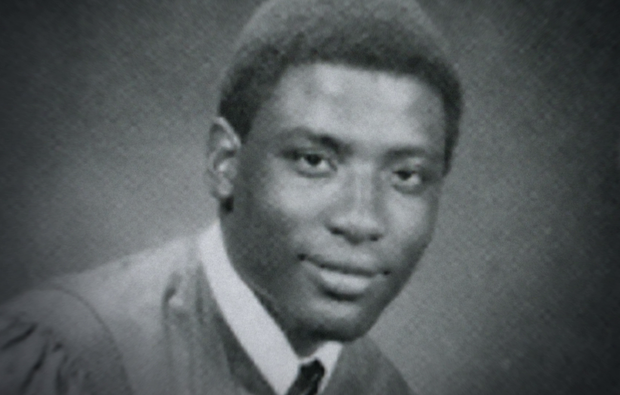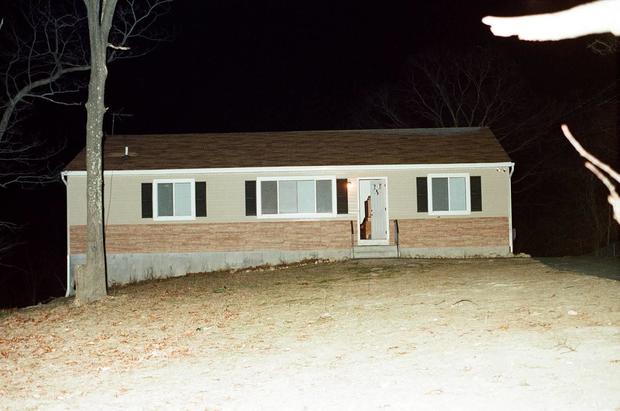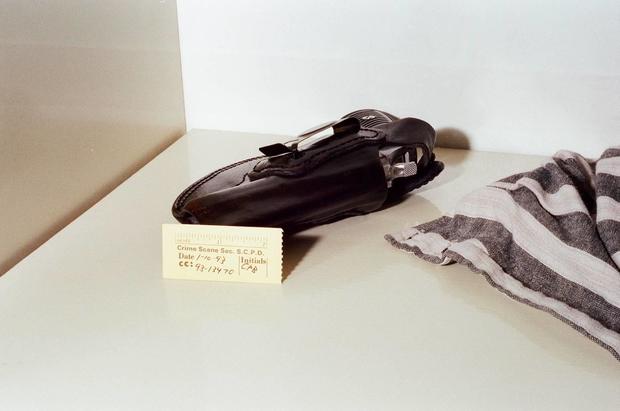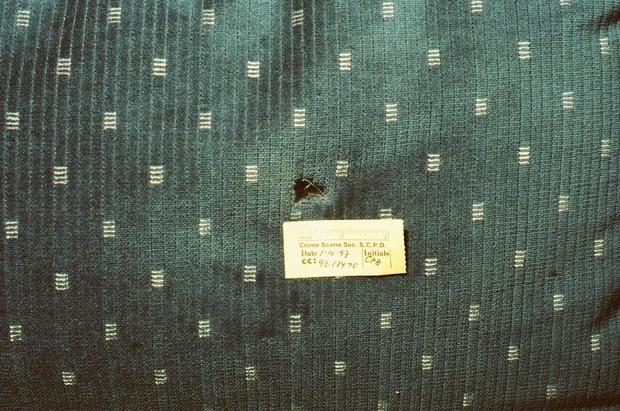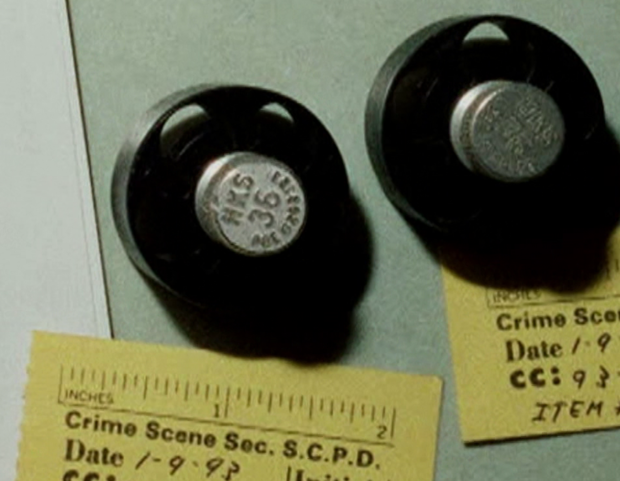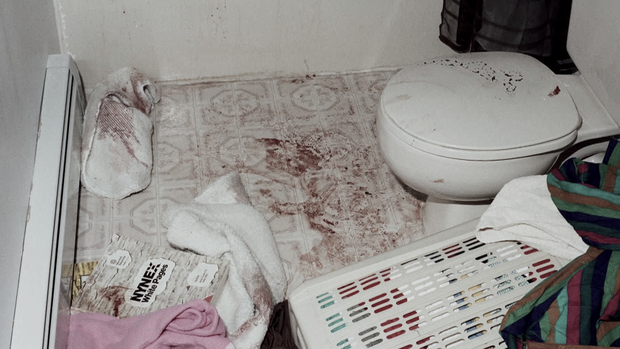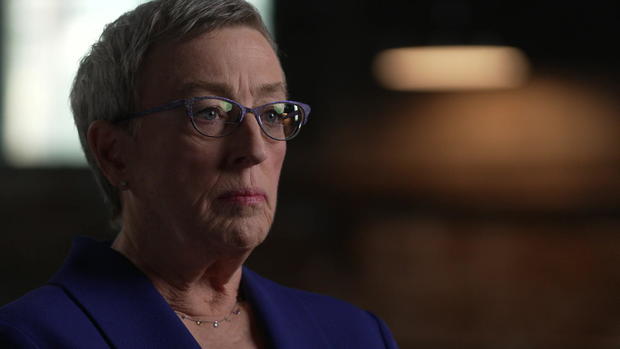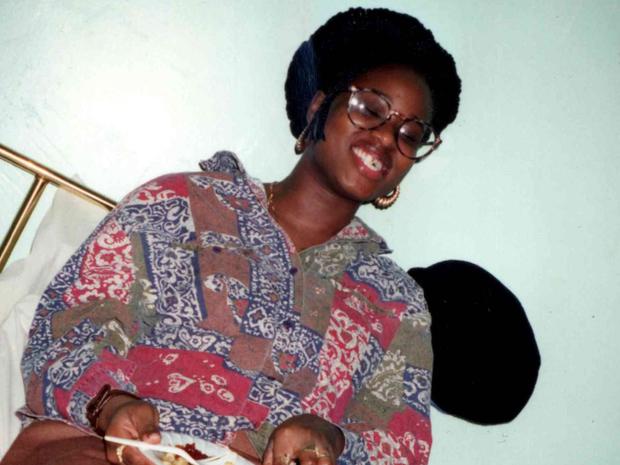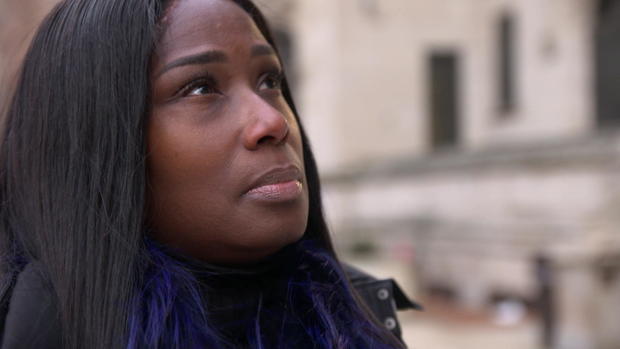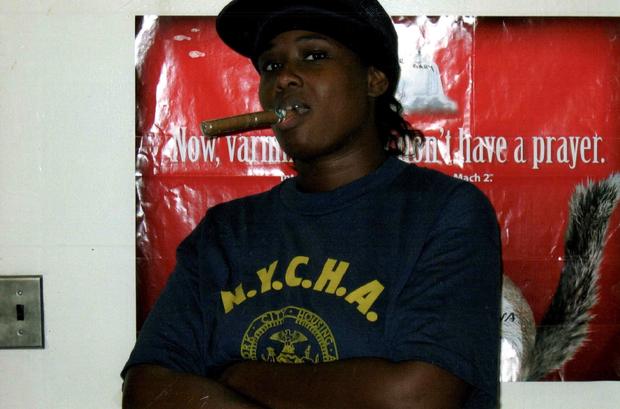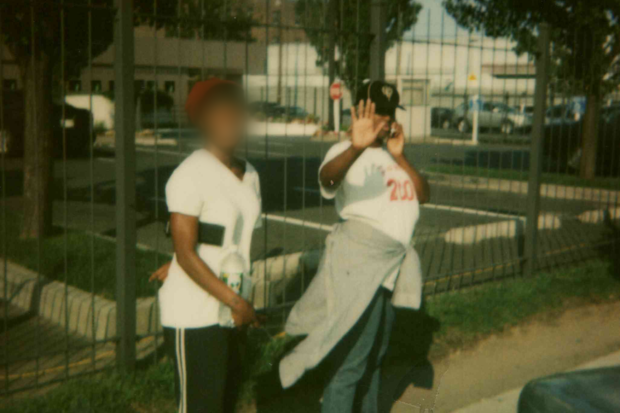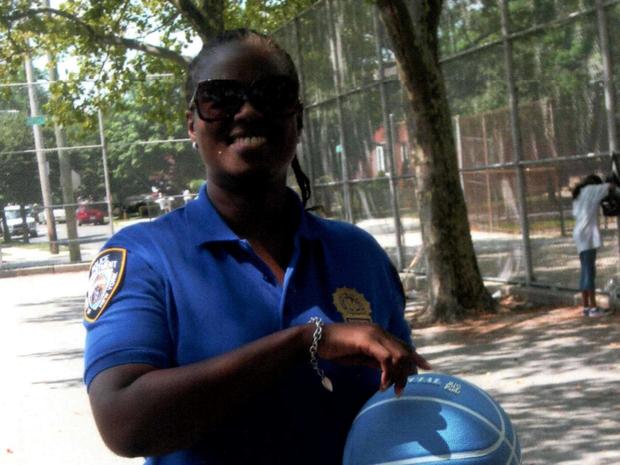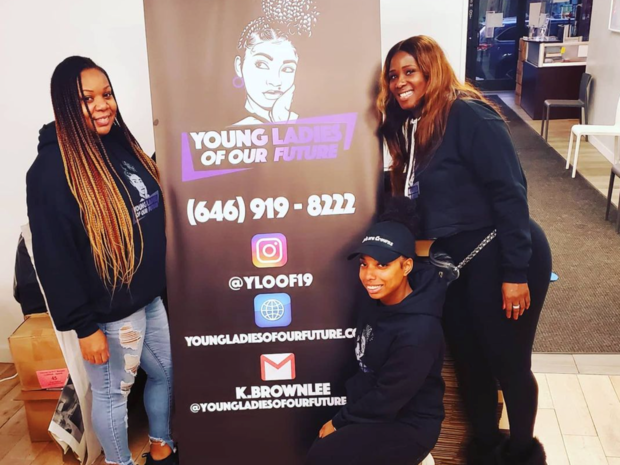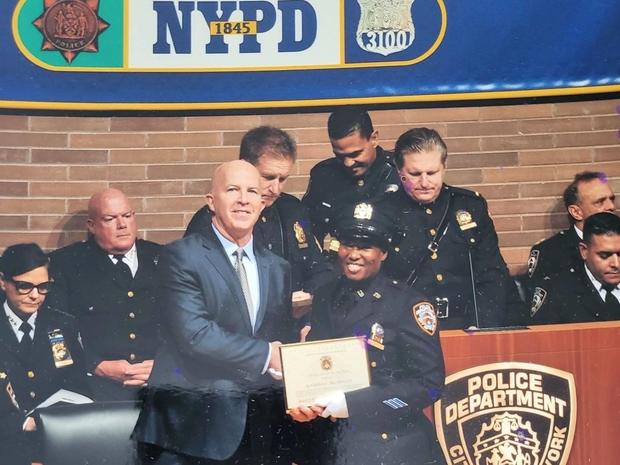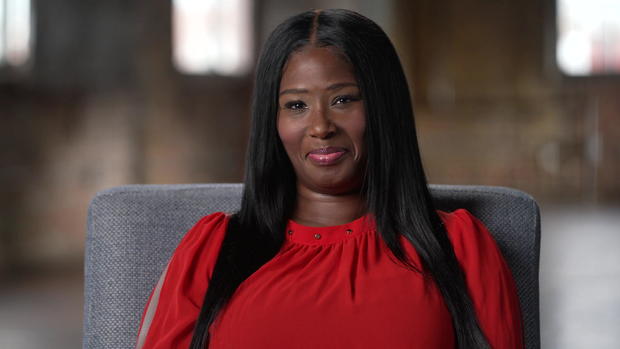Katrina Brownlee's journey: From rock bottom to success in an unlikely place
A look inside the case that began the day Katrina Cooke Brownlee nearly lost her life at the hands of her ex-fiancé.
Early Life
Katrina Cooke Brownlee grew up in Brooklyn, New York.
A Single Mom
By the time she was 18 years old, Katrina was a single mom of one, living in the Brevoort housing projects in Brooklyn.
1988: Meeting A Man with a Badge
At 18, Katrina met Alex Irvin, a New York City correction officer working at Rikers Island, and they began dating and had a daughter together. Katrina hoped he would provide a way out for her. Instead, she says he started to physically abuse her almost immediately.
Katrina says she called 911 multiple times to no avail. When police would arrive and see Irvin's badge, she says they would leave without giving her the help she needed.
1992: "A house of horror"
In 1992, Irvin moved Katrina and the two girls to a house in Medford, Long Island, and Katrina says the abuse continued.
After years of beatings at the hands of her fiancé, Katrina decided to leave Irvin and took her daughters to a local motel.
January 9, 1993: Armed and dangerous
On January 9, 1993, that house became a crime scene when Katrina returned to retrieve some clothes and other belongings. Irvin was armed with his service revolver and was waiting for her.
The attack
Shortly after Katrina entered the house, the shooting began.
Ten shots fired
Alex Irvin fired at Katrina 10 times over the course of an hour-and-a-half.
The unrelenting assailant
According to police, after Irvin had shot at Katrina five times, he used speedloaders seen in the photo above to quickly reload his gun and continue shooting.
Katrina's will to survive
Katrina crawled from room to room trying to escape her attacker. At one point even trying to hide behind a plant.
A knock at the door
During the attack, a 20-year-old friend of Irvin's family made an unexpected visit to the house. Upon entering, he found Katrina bleeding on the bathroom floor.
Help from an unlikely place
The young friend put Katrina in the backseat of the car and drove her to Brookhaven Memorial Hospital in Long Island, surprisingly, with Irvin's help. Outside the emergency room, the friend put her in a wheelchair, pushed her inside, and sped off.
Emergency surgery
Katrina was rushed into surgery immediately. Multiple operations followed in the days ahead, but doctors were unable to remove six of the bullets that had entered her body, according to Assistant District Attorney Keri Herzog.
A strong advocate
ADA Keri Herzog came to the hospital and took a dying declaration from Katrina about what happened to her and who was responsible. Herzog put together the strongest possible case against Irvin using Katrina's words and all available evidence.
Defying the odds
Even though Katrina says her doctors told her she might never walk again after the shooting, she worked at recovery. With the help of a physical therapist, Katrina says she gradually went from using a wheelchair, to using a walker, to walking with a cane, to eventually walking on her own.
Nowhere to turn
However, without any family to take them in, Katrina and her daughters eventually became homeless. They turned to a shelter in the Lower East Side of Manhattan.
"Rats were there, roaches was there… It was really, really bad here." Katrina says she would take her daughters to a nearby McDonald's to wash up.
July 2001: A new route
Despite her circumstances, Katrina didn't give up on herself. She decided to pursue a career at an unlikely place: The New York City Police Department. In July 2001, Katrina joined the Police Academy. As a police officer, she channeled her energy into helping others get the support she never had.
"Why wouldn't I want to help protect and serve? Just because I didn't receive it, it doesn't mean that I shouldn't want to help others," says Katrina.
Katrina decided to never tell any of her fellow officers about her past.
2003: Going undercover
In the NYPD, Katrina served in many different roles. In December 2003, she joined the narcotics unit and started working undercover. She took on this cigar-smoking drug-addict persona to catch drug dealers on the streets of Brooklyn and Queens.
"Anything that entailed undercover, I did it," says Katrina.
2006: NYPD Vice
Katrina joined the NYPD's Vice Squad, going undercover as a prostitute to catch pimps and those soliciting prostitution. She connected with the women she encountered while working on the streets.
"The only difference was that I was working undercover and… this was their actual life. But we had a lot of similar stories… In terms of being victims of some sort of violence or coming from a place of darkness…" says Katrina.
2011: Community Affairs
In 2011, Katrina moved to the Community Affairs office where she says she was able to give back to the community.
"For me, growing up, I lived in a neighborhood that was forgotten. And I just felt that I had so much that I could give back," says Katrina.
2012: Giving back
During her time at Community Affairs, Katrina started a mentorship program called Young Ladies of Our Future. She has been leading the organization since 2012.
2014: Joining the mayor's team
In 2014, Katrina joined Mayor Bill de Blasio's advance security detail, becoming one of the few Black women in NYPD history assigned to protect a New York City mayor. She would work with him until her retirement.
July 2017: High honors at the NYPD
In July 2017, Katrina was promoted to detective first-grade – the NYPD's highest investigative rank.
July 2021: Katrina's Retirement
After a 20-year career with the NYPD, Katrina retired in July 2021.
A story of hope
Reflecting on her life's journey, Katrina tells "48 Hours," "The 22-year-old Katrina was lost, broken… forgotten, violated … And now today, I feel like I am a beautiful Black queen that fought the fight."


